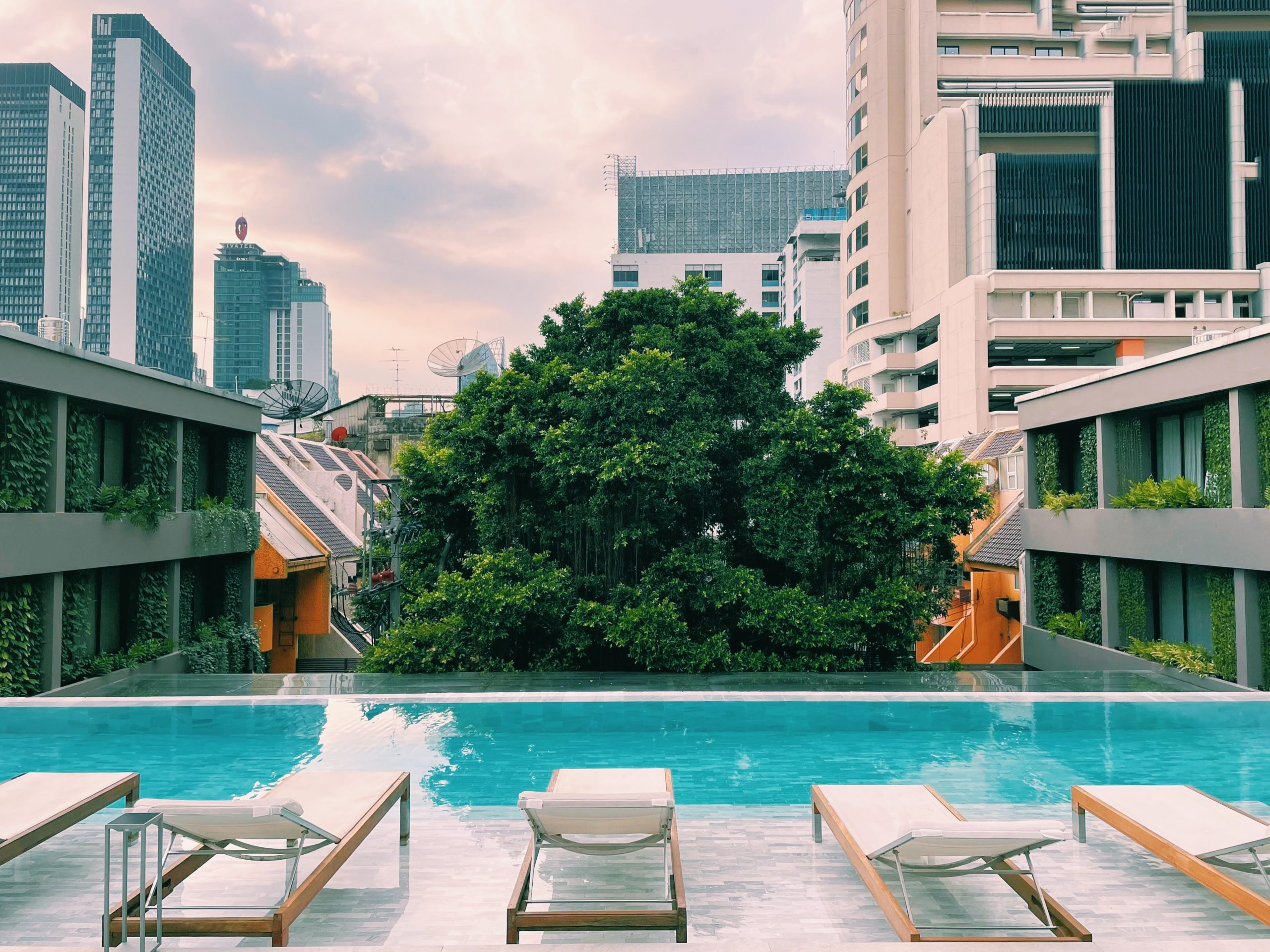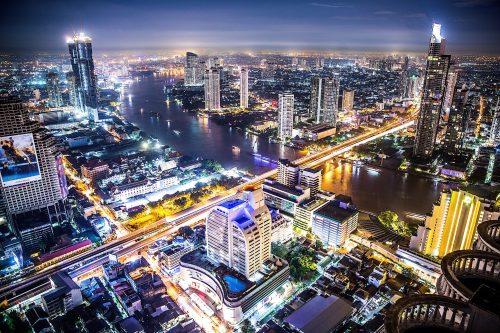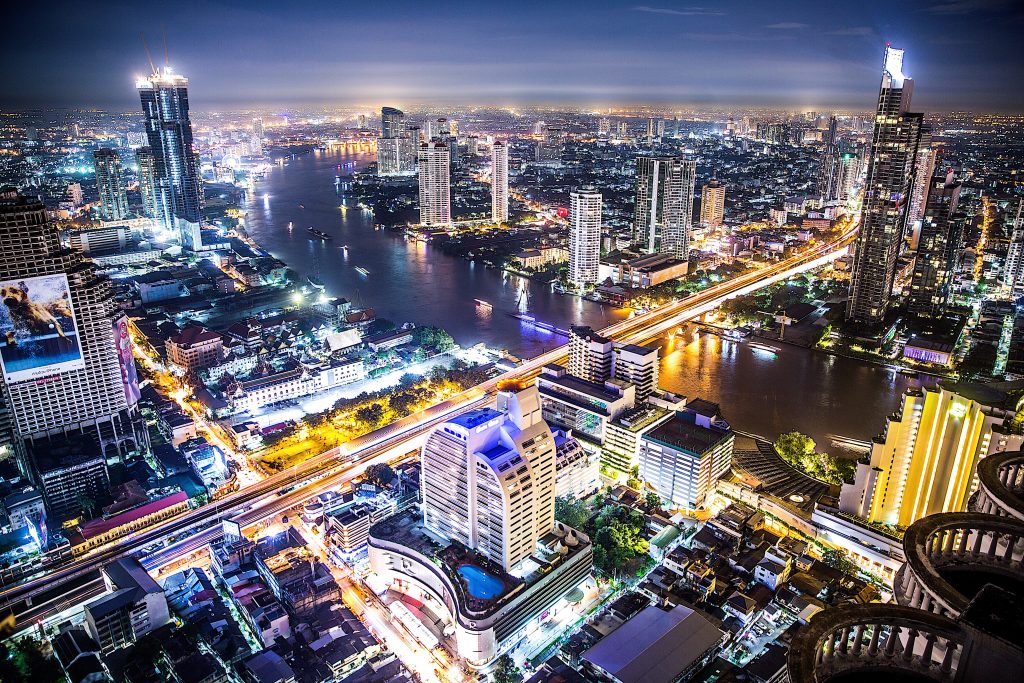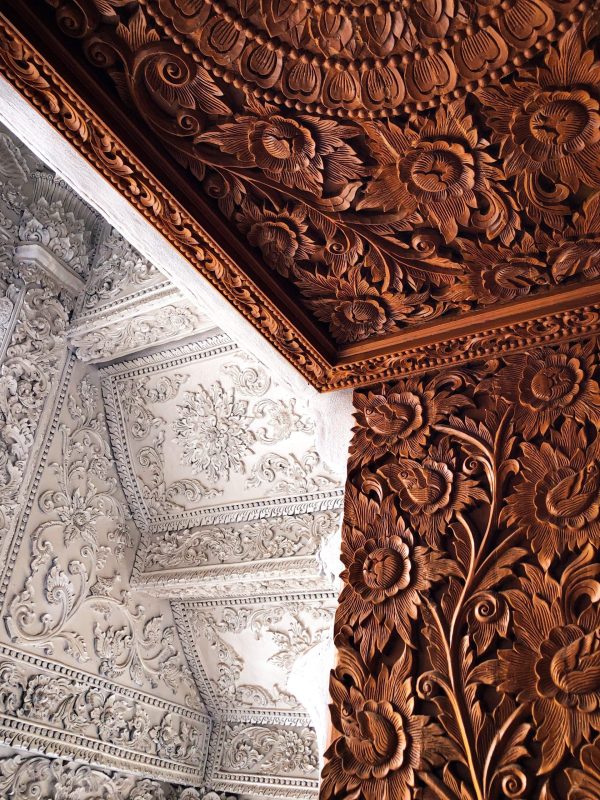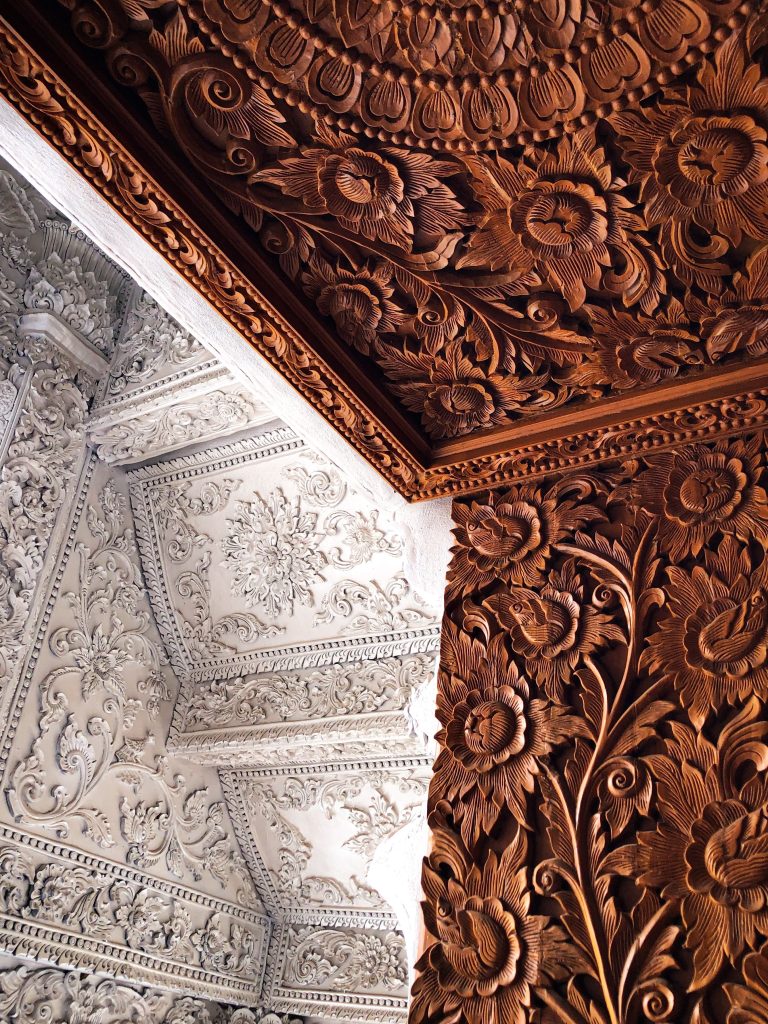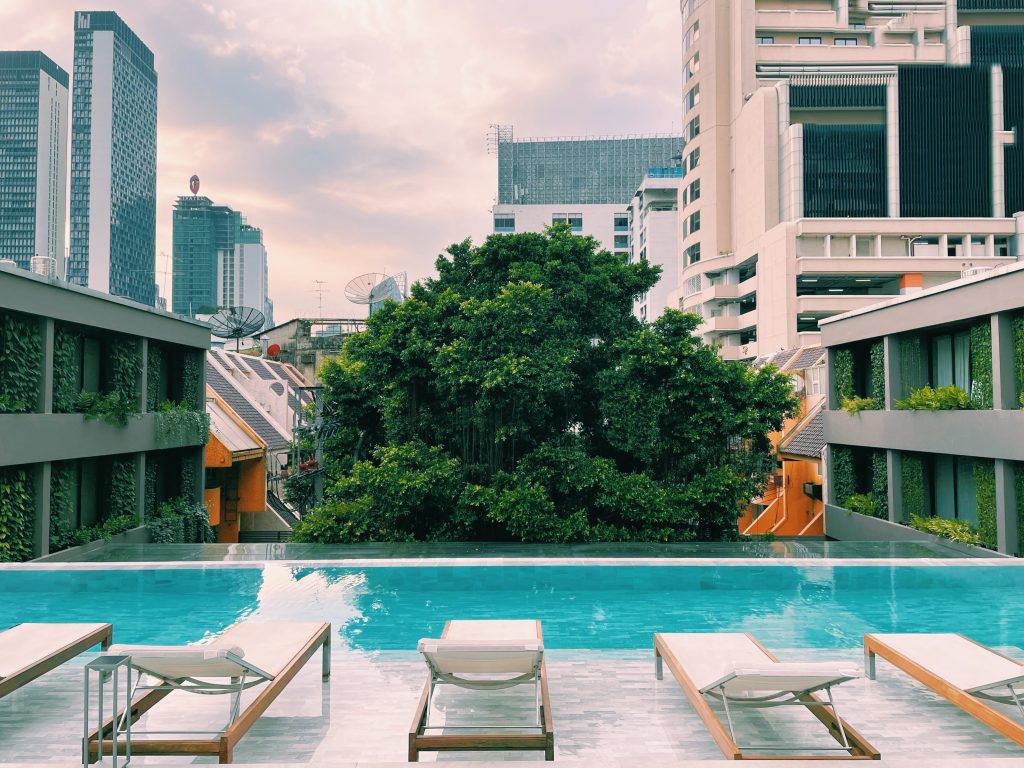
Thailand, with its pristine beaches, lush landscapes, and vibrant culture, has long been a sought-after destination for travelers seeking a luxurious retreat. Beyond its natural beauty, the country’s unique design heritage has also played a significant role in shaping its hospitality industry. The concept of resort-style living, intertwined with traditional Thai elements, has given rise to a remarkable trend: Thai-inspired interior design for hotels and resorts. This trend goes beyond aesthetics, creating immersive experiences that transport guests into a world of elegance, tranquility, and cultural immersion.
Embracing the Tranquil Spirit: The Essence of Thai Design
Central to Thai-inspired interior design is the concept of creating spaces that evoke a sense of tranquility and serenity. Drawing from Buddhist principles and the country’s spiritual traditions, interior designers infuse hotel and resort interiors with elements that encourage mindfulness and relaxation. Calming color palettes, soothing textures, and gentle lighting create an ambiance that resonates with the peaceful spirit of Thailand’s temples and landscapes.
The use of natural materials such as wood, bamboo, and stone further reinforces the connection to nature, inviting guests to disconnect from the hustle of everyday life and reconnect with themselves. Every design element is thoughtfully curated to harmonize with the surroundings and foster an atmosphere of well-being.
Cultural Narratives: Weaving Stories into Spaces
Thai-inspired interior design is not just about aesthetics; it’s a journey through the rich tapestry of Thai culture and history. Hotels and resorts take guests on a cultural exploration by weaving traditional motifs, artwork, and craftsmanship into their interiors. Elaborate wood carvings, intricate patterns, and symbolic elements tell stories that span generations, creating an immersive experience that educates and engages.
From opulent reception areas adorned with gilded Thai murals to guest rooms showcasing handwoven textiles and antique artifacts, these spaces become more than just lodgings; they become gateways to understanding and appreciating Thai heritage.
Elevated Luxury: Modern Interpretations of Tradition
While Thai-inspired interior design draws heavily from tradition, it also embraces modern sensibilities to create a seamless blend of past and present. Designers skillfully marry traditional aesthetics with contemporary comfort, incorporating modern amenities, plush furnishings, and cutting-edge technology. This fusion ensures that guests enjoy the opulence of resort-style living without compromising on convenience.
Balancing elements of luxury and functionality, Thai-inspired hotels and resorts create spaces that are as comfortable as they are visually stunning. Whether lounging by an infinity pool or indulging in a spa treatment, guests are enveloped in an environment that caters to their every need.
The Holistic Experience: Beyond Accommodation
Thai-inspired interior design for hotels and resorts goes beyond providing accommodation; it offers a holistic experience that encompasses all aspects of a guest’s stay. From spa sanctuaries that embrace traditional healing techniques to dining areas that celebrate Thai culinary artistry, every corner of these establishments contributes to the overall narrative of Thai culture and hospitality.
Resort-style living isn’t confined to guest rooms; it extends to communal areas, outdoor spaces, and even the pathways that lead from one sanctuary to another. Every step is a continuation of the journey, inviting guests to explore, relax, and immerse themselves in the beauty of Thailand’s design legacy.
A Lasting Impression: Immersive Memories
Ultimately, Thai-inspired interior design for hotels and resorts leaves a lasting impression on guests. It transforms a mere stay into an experience, creating memories that linger long after check-out. These spaces become more than temporary abodes; they become portals that transport guests into the heart of Thailand’s cultural soul.
In conclusion, the trend of Thai-inspired interior design for hotels and resorts is a celebration of the country’s rich cultural heritage and its dedication to providing unparalleled hospitality. By blending traditional aesthetics with modern luxury, these spaces offer guests an opportunity to not only witness but also experience the essence of Thailand. As travelers seek more than just accommodations, Thai-inspired interiors stand as a testament to the power of design to create transformative and meaningful experiences.
